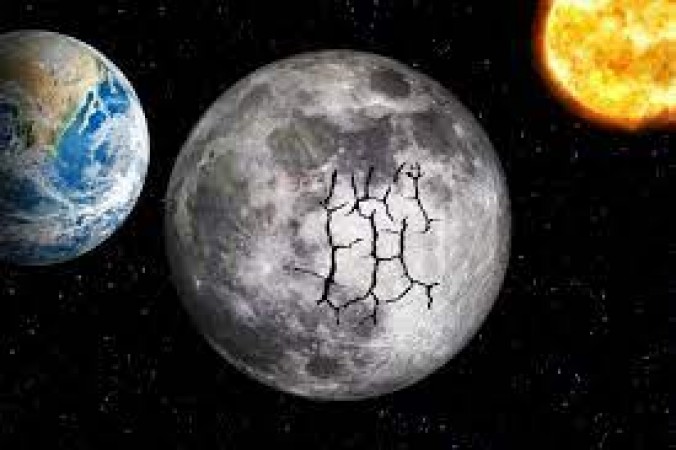
The moon, our celestial neighbor, has long been a subject of fascination and scientific inquiry. Among the various phenomena occurring on the lunar surface, lunar earthquakes, or "moonquakes," have captured the attention of researchers and space enthusiasts alike. In this article, we will delve into the intriguing world of lunar earthquakes and explore how they differ from the seismic activity we experience on Earth.
Lunar earthquakes, as the name suggests, are seismic events that occur on the moon. Unlike Earth, which experiences a wide range of seismic activities due to tectonic plate movements, lunar earthquakes have a distinct origin.
Tidal Forces: One of the primary causes of lunar earthquakes is the gravitational interaction between the moon and Earth. These tidal forces exert stress on the moon's interior, leading to seismic events.
Cooling and Contraction: As the moon gradually cools and contracts, its surface can fracture, resulting in quakes. This process is quite different from the tectonic plate movements responsible for Earth's earthquakes.
To understand the differences between lunar earthquakes and those on Earth, we must examine several key factors:
Magnitude: Lunar earthquakes generally have lower magnitudes than their terrestrial counterparts. Most moonquakes register at around 2 to 5 on the Richter scale, whereas major earthquakes on Earth can exceed 9 in magnitude.
Frequency: Moonquakes are less frequent, occurring sporadically, while Earth experiences thousands of earthquakes daily, with varying magnitudes.
Duration: Lunar earthquakes tend to be shorter in duration compared to Earth's earthquakes. The absence of an atmosphere on the moon results in less damping of seismic waves, causing moonquakes to ring out for longer.
Environment: On Earth, earthquakes often trigger secondary hazards like tsunamis and landslides due to its complex geological features. On the moon, the absence of water and a thin atmosphere means that secondary hazards are virtually non-existent.
Understanding lunar earthquakes is not only fascinating but also essential for future lunar exploration. Scientists and space agencies are keen on studying moonquakes to gain insights into the moon's interior and to assess potential risks for future lunar missions and lunar base construction.
Seismometers: Deployed during the Apollo missions, seismometers left on the lunar surface have been crucial in recording moonquake data. These instruments continue to transmit valuable information to Earth-based observatories.
Future Missions: Planned lunar missions, such as the Artemis program, will include advanced seismometers and instrumentation to further our understanding of lunar seismic activity.
In summary, lunar earthquakes are distinct from Earth's earthquakes in terms of their origin, magnitude, frequency, and environmental impact. While moonquakes may not pose the same level of danger as their terrestrial counterparts, they provide invaluable insights into the moon's geological history and its ongoing processes. As we continue to explore and eventually establish a human presence on the moon, our knowledge of lunar earthquakes will undoubtedly play a pivotal role in ensuring the safety and success of future lunar endeavors.
Seven Kitchen Tips You Need to Know
7 Foods to Avoid at Night for Restful Sleep
G20 Leadership Transition: Symbolic Handover from India to Brazil, Unveiling the Next Troika